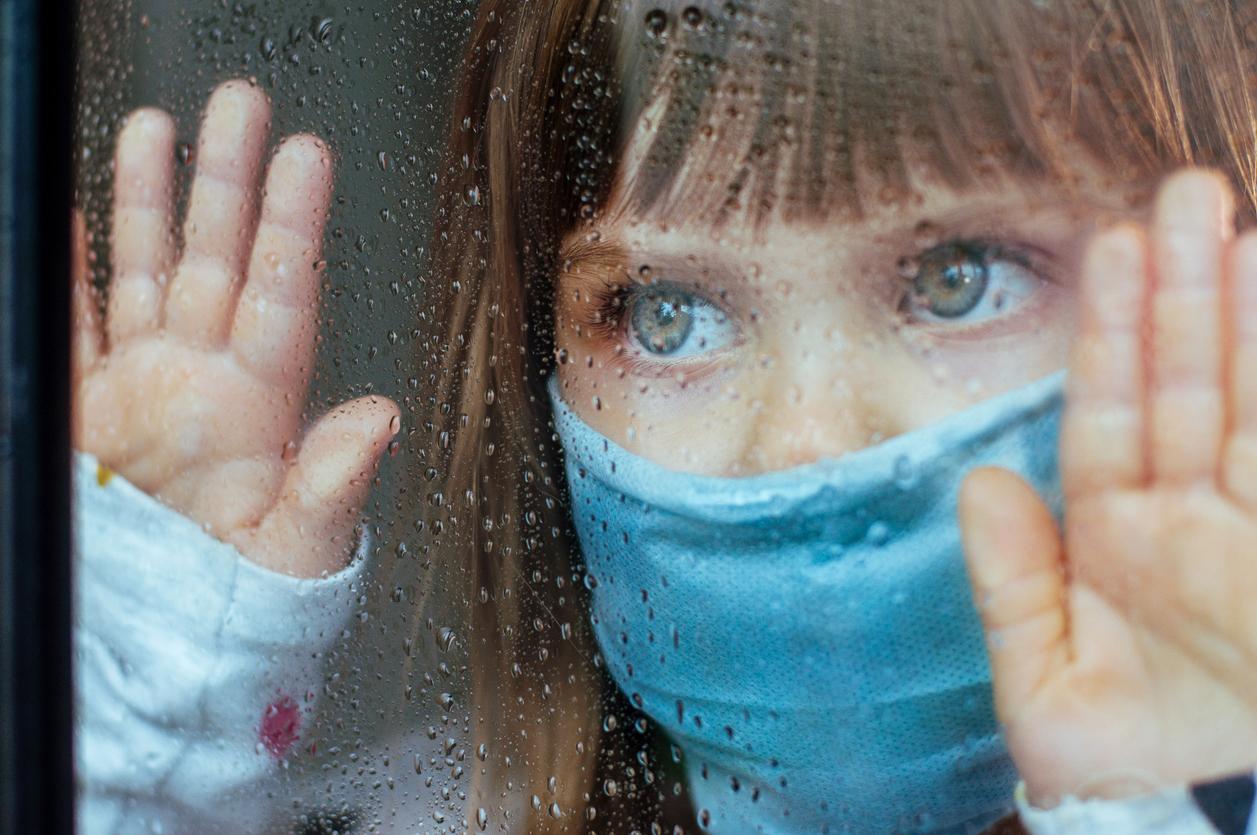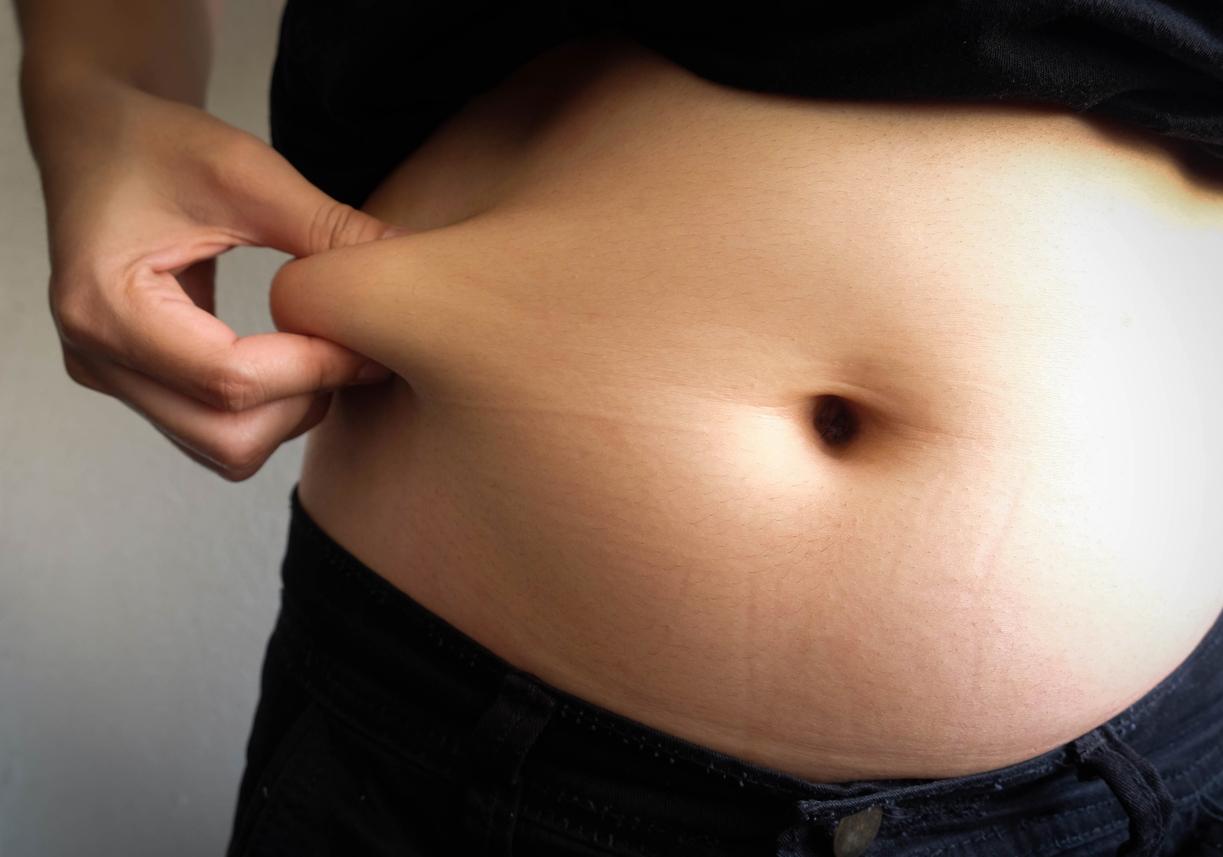Children under the age of two who receive antibiotics are more likely to later develop diseases such as asthma, eczema, food allergies or obesity. In question, the disturbances of the microbiota caused by these drugs.

- The higher the doses of antibiotics taken by babies under 2 years of age, the greater the risk.
- Penicillin, one of the most commonly prescribed antibiotics, is associated with an increased risk of asthma and being overweight.
- Antibiotics are said to disrupt bacteria in the baby’s gut, which are necessary for proper immune system development, neuronal development, body composition and metabolism.
Taking antibiotics should not be automatic, even less so in children under 2 years old. A new study, led by US researchers, suggests that children under two who receive antibiotics are more likely to have a number of ongoing illnesses or conditions later in life such as asthma, eczema, hay fever, food allergies, celiac disease, weight and obesity issues, and attention deficit hyperactivity disorder (ADHD) later in childhood. The results of this study were presented on November 15 in the journal Mayo Clinic Proceeding.
The more antibiotics children take, the greater the risk
The researchers analyzed data from more than 14,500 children. About 70% of them received at least one antibiotic and most received at least two”We want to emphasize that this study shows an association, not a cause, of these conditions.asks Nathan LeBrasseur, a researcher at the Mayo Clinic Center on Aging and lead author of the study. These results provide the opportunity to focus future research to determine more reliable and safer approaches to the timing, dosage and types of antibiotics for children in this age group..”
The study reveals that the higher the doses of antibiotics taken by babies under 2 years of age, the greater the risk. “Among children who received one or two prescriptions, only girls are at significantly higher risk of developing asthma and celiac disease compared to those not exposedobserved the researcher. In contrast, receiving three to four prescriptions is associated with a higher incidence of asthma, atopic dermatitis, and being overweight in both sexes, ADHD and celiac disease in girls, and obesity in boys..” For those who received five prescriptions, the risk of developing asthma, allergic rhinitis, overweight, obesity and ADHD increases”significantly”.
Disruption of bacteria in the gut
The study adds that penicillin, one of the most commonly prescribed antibiotics, is associated with “increased risk of asthma and overweight in both sexes, celiac disease and ADHD in girls, and obesity in boys, while they were associated with a reduced risk of autism in girls”, wrote the researchers. Another commonly prescribed antibiotic, cephalosporin, is linked to a higher risk of most of the conditions listed above.
How do antibiotics affect children? According to the researchers, this could be caused by the disruption of bacteria in a baby’s gut, which are necessary for the proper development of the immune system, neuronal development, body composition and metabolism. “Antibiotics don’t discriminate between ‘good’ and ‘bad’ bacteria in the digestive tract, killing them all and leaving the gut without the proper microbiome distributioncontinued Nathan LeBrasseur. We need certain bacteria to absorb nutrients, break down food in the intestines, and protect the entire digestive system from pathogens.”
.















